More great titles from
Collins & Brown
join our newsletter here
tap to read more



 www.anovabooks.com
www.anovabooks.com

Contents

Calorie Counts
How to use this book
Whether you want to lose weight, maintain your weight or gain weight, this book will help you get more calorie savvy. It lists the calorie values of more than 1,200 popular foods and drinks, including staples, such as milk, bread and meat, as well as many branded products, takeaways and restaurant dishes.
Calorie counting may sound old hat, but any nutritionist will tell you that when it comes to weight control, calories always count. Take in more calories than your body uses and you will gain weight as the body stores fat; use more calories than you take in and the weight comes off. This is the principle behind all diets, whether they are low fat, low carb or any other combination of nutrients. To lose weight, you have to consume fewer calories than you burn!
This book is about more than calories. It also gives you the amounts of fat, saturated fat, carbohydrate, protein and fibre per portion for each food. With this information you will see which nutrients each food contributes to your daily intake and so it will help you to plan a healthy diet. You will be able to tally your daily calorie and nutritional intake. Keep a note of what you eat and drink, and then look up each item in the calorie charts and add the figures together. To lose weight, you should try to keep within your daily calorie allowance ().
You can also use this book to help you plan your days food, your weekly shopping and even your meals when eating out. Knowing the calorific value of foods in advance allows you to choose lower calorie and healthier options. Use it to compare similar types of foods or find out how many calories may be hidden in your favourite meals.
The foods are grouped into categories fruit, vegetables, bread and bakery, pasta, confectionery, soft drinks, eating out and so on to make it as easy as possible to locate a particular item.
The foods in each category are listed alphabetically so that you can find them easily.
The values for unbranded foods have been obtained from McCance & Widdowsons The Composition of Foods (6th summary edition and subsequent supplements), and have been reproduced under the terms of the Open Government Licence. Those for branded items have been obtained from the websites of supermarkets and food manufacturers.
Calories and nutrients are given per standard portion to make life as easy as possible! It means that you dont have to weigh your food or calculate anything. But if you need to know the calories in a different-sized portion, multiply the calories given in this book by the weight of your portion, then divide by the weight given for the standard portion.
It has not been possible to include every food and every brand, but we have tried to give a representative sample of generic foods and brands under each category. If you cannot find a particular item here, you may be able to use the values for a similar product. The nutritional values are up to date at the time of publication but it should be noted that values may change from time to time, because manufacturers frequently change their formulations and amend recipes. Similarly, new products frequently appear on the supermarket shelves and existing ones are withdrawn.

Calorie counting made easy
Counting calories is the easiest way to control your diet and lose weight. Its scientifically proven, it gives you maximum flexibility and is guaranteed to help you shed pounds provided you stick to your daily calorie allowance!
Losing weight isnt rocket science. By taking in fewer calories from food and drink than you burn through your daily activity, you will drop pounds. And thats where this book can really help. It gives you up-to-date calorie and nutritional information for hundreds of branded and unbranded foods in different categories, to make calorie counting as easy as possible. You are then free to eat anything as long as it is within your daily calorie allowance.
Start subtracting. To lose 0.5kg (1lb) a week, you need to create a calorie deficit of just 500 calories a day. This isnt as daunting as it seems. You can achieve this by foregoing a couple of chocolate biscuits and a glass of wine to save 300 calories; and walking for 40 minutes to burn another 200 calories. Losing 0.5kg (1lb) a week amounts to 7kg (1 stone) in 14 weeks, or 26kg (4 stone) in a year.
Its calories that count. Many diets restrict your intake of one particular nutrient, usually carbohydrates or fat. But the results of a 2012 study published in the American Journal of Clinical Nutrition suggest that when it comes to weight loss, its simply calories that count (although, of course, eating a good balance of nutrients is important). Provided they stuck to their daily calorie allowance, dieters lost the same amount of weight in six months whether they cut carbs or fat, or upped protein. The key, it seems, is to find a plan that you can comfortably live with, rather than attempting to lose weight periodically with strict diets that are hard to maintain.
What is a calorie? Everyone talks about calories as if they are something contained in food. In fact, a calorie is a measure of energy, just as a kilo is a measure of weight and a mile is a measure of distance. In scientific terms, one calorie is the amount of energy (heat) required to increase the temperature of 1g of water by 1C.
Calories, kilocalories, kilojoules whats the difference? All of these terms crop up on food labels, which can be a bit confusing! Suffice to say that the scientifically defined calorie is a very small energy unit that is inconvenient to use because an average serving of any food typically provides thousands of these calories. For this reason, when speaking about food in the everyday sense, we say 'calorie' when we mean 'kilocalorie; for example, a food label may declare a portion of food contains 100kcal but we would probably say 100 calories. Youll also see food energy measured in joules or kilojoules on food labels, which is the SI (International Unit System) unit for energy. 1 kcal is equivalent to 4.2kJ.
Heres how you can reduce your calorie intake to kick-start weight loss:
1. Find your daily calorie expenditure
Your calorie needs depend on your genetic make-up, age, weight, body composition, and your daily activity. They will differ from one day to the next and as you grow older. As a rough guide, its around 2,000 calories a day for an average woman and 2,500 for a man. For a more accurate estimate of the number of calories you use during daily living and exercise, go to http://nutritiondata.self.com/tools/calories-burned and enter your gender, age, weight, height, lifestyle and details of daily exercise.
Next page
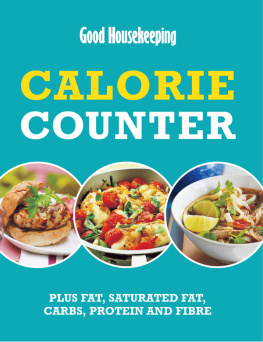
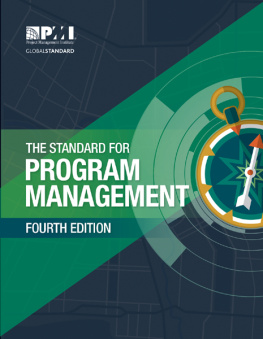


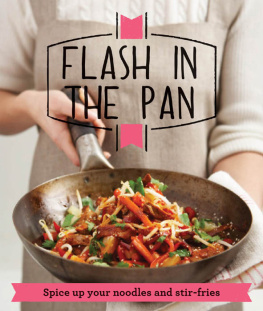

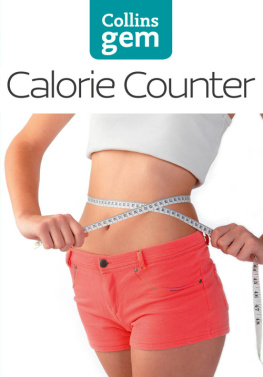

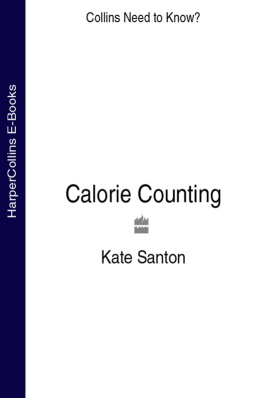

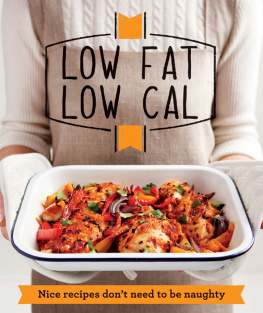

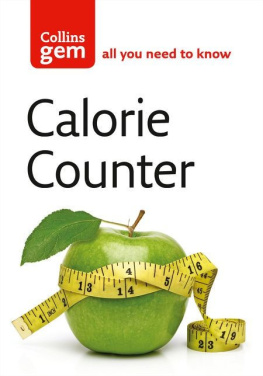
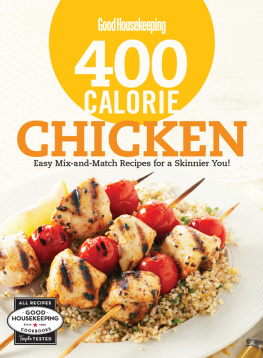
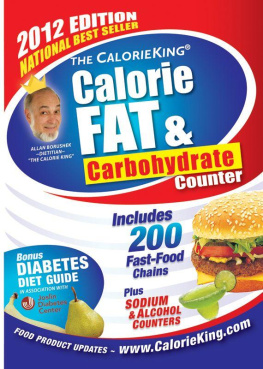
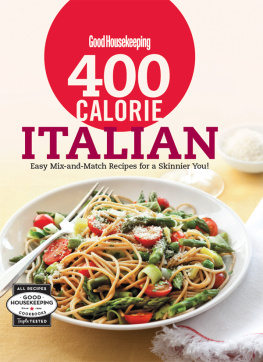
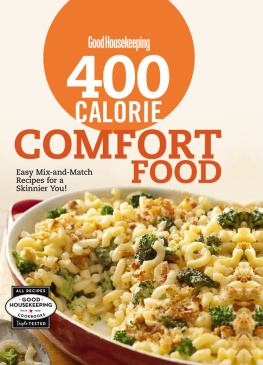



 www.anovabooks.com
www.anovabooks.com

